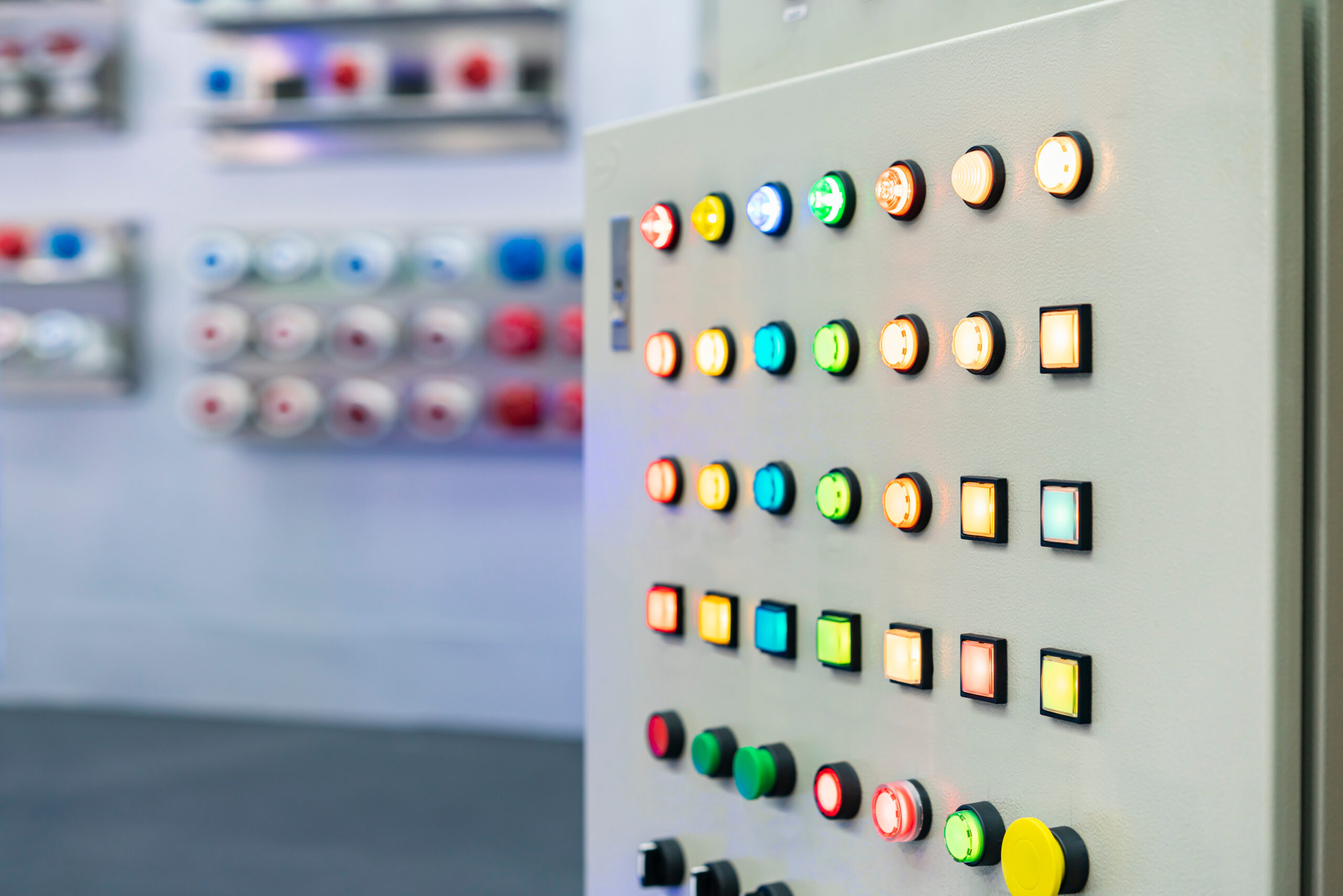By Frederic Lauzier
As an electrical engineer who’s spent a good part of my career designing systems where accuracy matters—think instrumentation, industrial automation, and power monitoring—I can tell you this: signal conditioning can make or break a project.
We often get excited about the sensors and microcontrollers we’re using. But without solid signal conditioning in between, those impressive components won’t perform as advertised. Whether you’re working on a robotic system, a medical device, or a smart energy meter, ensuring clean, reliable signals is critical when precision is on the line.
Let’s take a closer look at what signal conditioning really involves, why it’s so important, and the best practices I’ve learned over the years.
Why Signal Conditioning Matters
Signal conditioning is the process of preparing an analog signal for proper acquisition and processing. In simple terms, it’s about getting the signal “just right” before feeding it into your analog-to-digital converter (ADC) or microcontroller.
Most sensors don’t output signals that are ready for direct use. Maybe the voltage is too low, maybe there’s noise, or maybe the signal is too fast or too slow for your system to handle. That’s where conditioning steps in—to amplify, filter, isolate, or otherwise adjust the signal so it becomes useful and accurate.
In high-precision applications, even a small amount of noise, offset, or drift can lead to major errors. Whether you’re dealing with temperature sensors, strain gauges, or high-resolution current transducers, what the system sees is only as good as what you feed into it.
Common Signal Conditioning Functions
Here are a few of the core tasks involved in signal conditioning that I use routinely:
1. Amplification
Many sensors produce millivolt-level outputs. To fully use the resolution of your ADC, you need to amplify those signals. Instrumentation amplifiers are my go-to here, especially for differential signals. They offer high input impedance and great common-mode rejection, which is crucial when you’re working with sensors in noisy environments.
2. Filtering
Noise is the enemy of precision. Filters—both analog and digital—help remove unwanted high-frequency interference or low-frequency drift. I usually start with simple RC low-pass filters near the input stage, then handle more complex shaping in software.
3. Isolation
In industrial environments, isolation isn’t just good practice—it’s often required. Using opto-isolators or isolation amplifiers protects sensitive electronics from voltage spikes and ground loops, especially when sensors are located far from the control system.
4. Level Shifting
Sometimes, your sensor’s output doesn’t match the voltage range your ADC expects. In those cases, level shifting or offsetting helps ensure the full signal is captured without clipping or losing resolution.
Best Practices in High-Precision Design
Over the years, I’ve learned that small decisions in signal conditioning can have a big impact. Here are some of my personal best practices:
1. Match the Signal Range to Your ADC
It’s a waste of resolution to feed a 0–100 mV signal into an ADC that’s expecting 0–5V. Use amplification to scale the signal to match the input range of your converter. This gives you finer resolution and reduces quantization error.
2. Use Shielded Cables and Proper Grounding
I can’t tell you how many false positives or unstable readings I’ve traced back to poor cabling. For analog signals—especially low-voltage ones—shielded cables and solid grounding practices are essential. If your cable runs are long, differential signaling or twisted pair can help cancel out noise.
3. Design for Temperature Stability
Precision isn’t just about what works in the lab—it’s about what stays accurate in the field. Choose resistors and amplifiers with low temperature coefficients, and keep analog components away from heat-generating parts of your board.
4. Avoid Overcomplicating the Analog Path
It’s tempting to throw in every type of protection and filtering, but more components mean more error sources. I try to keep the analog path clean and focused: amplify, filter, and shift—no more than needed. Anything that can be handled in software should be.
5. Test with Real Signals, Not Just Simulated Ones
It’s easy to get fooled by ideal signals in simulation. I always test with real-world inputs: sensors connected with full-length cables, exposed to environmental factors. That’s where you catch issues with offset drift, EMI, and connector instability.
Tools I Trust
In my own work, I’ve leaned on a few tools that consistently deliver when it comes to signal conditioning:
- INA series from Texas Instruments – Great for precision instrumentation amplifiers.
- LTspice – My preferred tool for simulating analog filters and front-end circuits.
- Oscilloscopes with FFT capabilities – Essential for diagnosing high-frequency noise and interference.
- Precision voltage references – Don’t underestimate the value of a stable reference in high-resolution systems.
Where This Matters Most
I’ve applied these practices in everything from energy metering systems to vibration analysis tools. In one project, we were collecting strain data from a bridge using remote sensors. The initial readings were all over the place due to EMI and sensor drift. Once we upgraded the signal conditioning chain—with better amplifiers, shielding, and filtering—we got stable, reliable data that matched the real-world strain within a 1% margin of error.
It reminded me just how much of a system’s success depends not on the fancy dashboard or AI algorithm, but on getting the fundamentals right at the analog front end.
Final Thoughts
If you’re designing for high-precision applications, don’t treat signal conditioning as an afterthought. It’s not just about cleaning up your data—it’s about unlocking the true potential of your sensors and systems.
Every signal tells a story. Our job as engineers is to make sure it’s heard clearly, without distortion, and with the level of detail that high-performance applications demand.
Signal conditioning may not always be glamorous, but it’s where precision begins. And when you get it right, everything else just works better.
